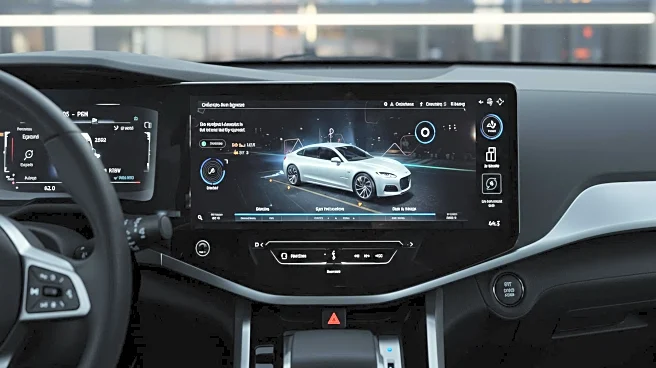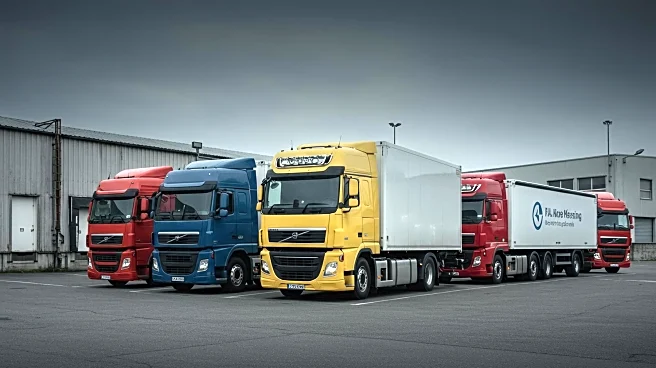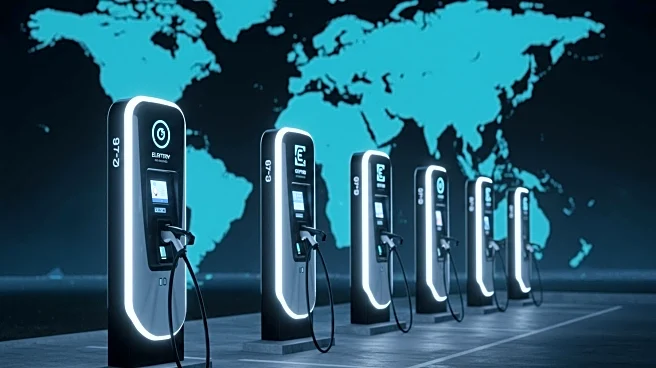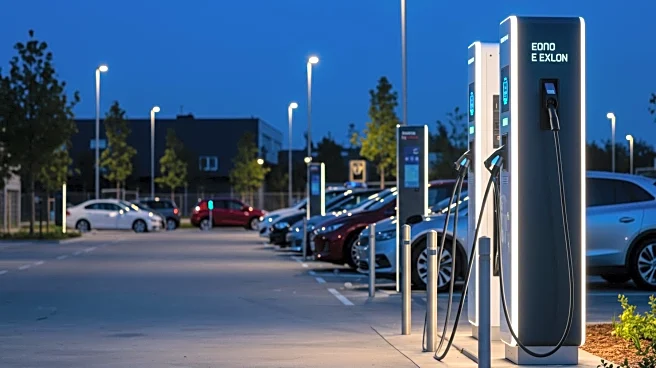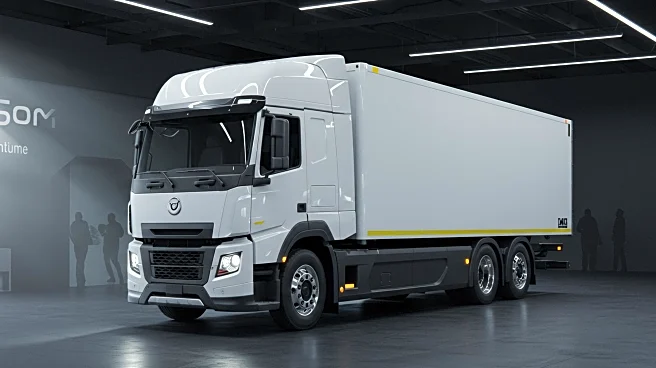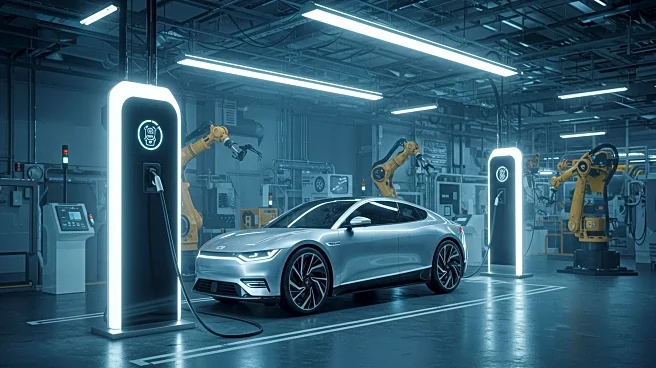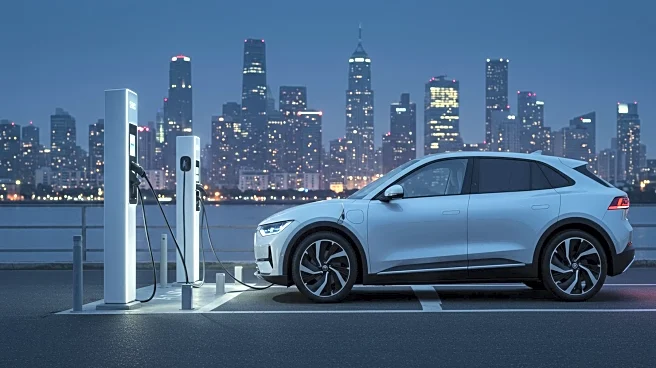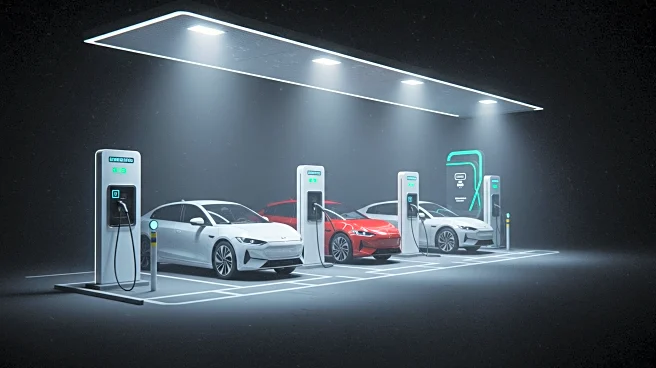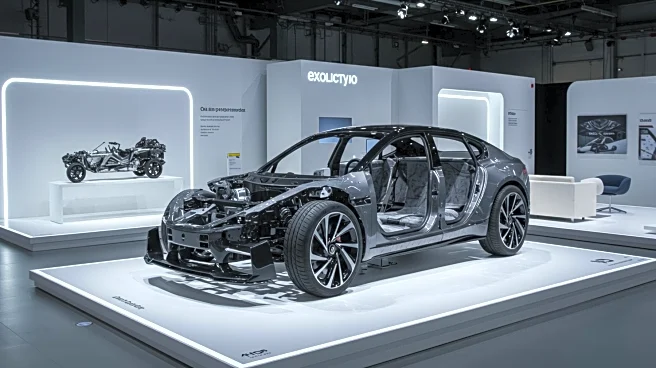Rapid Read • 8 min read
Tesla is reportedly upgrading its in-car visualizations for features such as Autopilot and Full Self-Driving by switching to Epic Games' Unreal Engine. This change was discovered by Tesla hacker greentheonly in the 2025.20 firmware for Tesla Model S and Model X cars equipped with AMD chips. Unreal Engine, primarily known for video game development, is increasingly being adopted by automakers for in-car graphics. Currently, Tesla uses the Godot engine for these visualizations, and the switch to Unreal Engine would align Tesla with other automakers like Rivian, Ford, GMC, Volvo, and Lotus, who have already integrated Epic's engine into their vehicles.
AD
The integration of Unreal Engine into Tesla's vehicles could significantly enhance the visual experience for drivers, offering more realistic and detailed graphics. This move reflects a broader trend in the automotive industry where advanced gaming engines are being utilized to improve user interfaces and in-car entertainment systems. For Tesla, this could mean a competitive edge in the market, attracting tech-savvy consumers who value cutting-edge technology in their vehicles. Additionally, it may influence other automakers to consider similar upgrades, potentially setting a new standard for in-car graphics.
While Tesla and Epic Games have not commented on the development, the transition to Unreal Engine could lead to further collaborations between the two companies. This might include more integrations of Epic's technology into Tesla's vehicles or even joint ventures in other areas of automotive technology. As the automotive industry continues to evolve, the use of advanced graphics engines could become more prevalent, prompting other companies to explore similar partnerships.
The use of Unreal Engine in Tesla's vehicles could have implications beyond just improved graphics. It may open up opportunities for new applications in augmented reality and virtual reality within the automotive space, enhancing navigation systems and driver assistance features. This could also lead to ethical discussions about the role of gaming technology in driving safety and the potential distractions it might pose.
AD
More Stories You Might Enjoy
